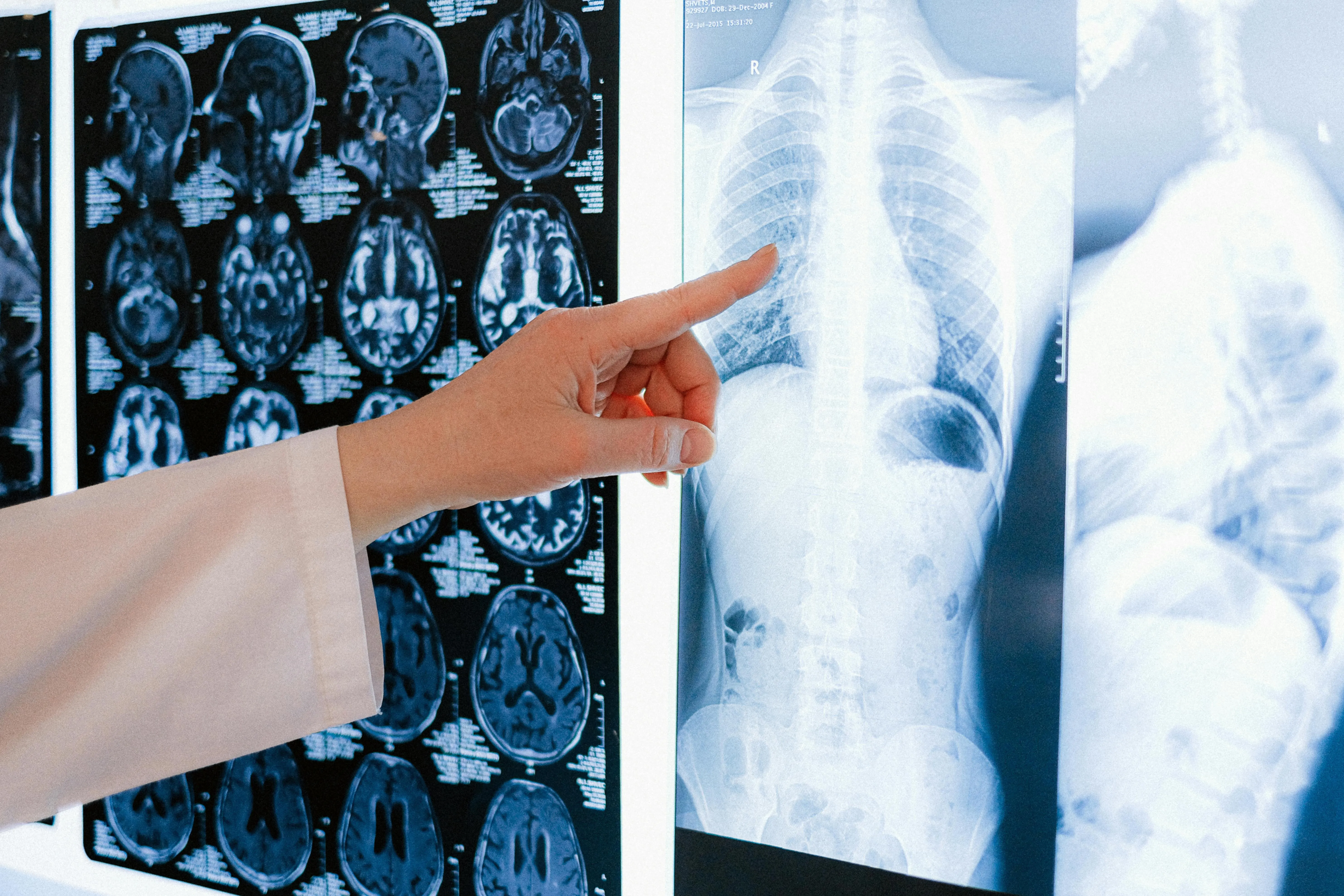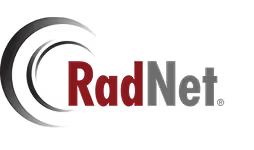CMS Proposes New 2026 Updates for Remote Contrast


As the Centers for Medicare & Medicaid Services (CMS) continues to evolve policies supporting virtual care, the newly proposed CY 2026 Medicare Physician Fee Schedule introduces several key updates that could significantly impact how imaging centers and hospitals deliver contrast supervision. At ContrastConnect, we view these proposals as a positive step toward cementing remote supervision as a safe, compliant, and scalable standard of care.
Below is a breakdown of the proposed changes and how they align with the value ContrastConnect already delivers to healthcare organizations nationwide.
Virtual Supervision Gains Long-Term Support
One of the most impactful changes proposed for 2026 is CMS’s intent to permanently adopt a definition of “direct supervision” that includes real-time interactive audio and video communication. This means that for a wide range of procedures—including diagnostic testing, cardiac and pulmonary rehab, and “incident-to” services—a supervising physician no longer needs to be physically present, as long as they are available virtually.
At ContrastConnect, this is precisely how our system operates. Our HIPAA-compliant platform facilitates real-time supervision with credentialed radiologists, meeting CMS requirements while improving access to care—especially in rural or resource-constrained facilities.
✅ Key Takeaway: CMS is proposing to make virtual direct supervision permanent for most diagnostic services. ContrastConnect is built around this exact model.
Removal of Frequency Limits = Greater Flexibility
CMS also proposes to eliminate existing frequency limitations on inpatient and nursing facility telehealth visits, as well as critical care consultations. This further supports the push toward continuous, integrated telehealth support across patient care settings, reducing the need for rigid staffing schedules and physical presence.
For imaging departments, this proposal can lead to more responsive, around-the-clock access to contrast supervision—especially in hospital environments that operate 24/7. With ContrastConnect, coverage can be extended to evenings, weekends, and high-volume periods without adding full-time staff. Reach out to us to develop your custom remote coverage strategy!
The Power of Digital Record Keeping!
CMS’s shift to formalize virtual supervision standards comes with a heightened emphasis on compliance and traceability. ContrastConnect is designed with this in mind, automatically generating secure logs of every supervised interaction. From time-stamped approvals to AV interaction data, our platform keeps hospitals and imaging centers audit-ready and aligned with federal requirements—without burdening technologists or administrators.
Behavioral Health + Chronic Disease: A Growing Focus
Though not directly tied to imaging supervision, CMS’s broader focus on chronic disease prevention and behavioral health integration reflects a growing shift in healthcare priorities—toward holistic, proactive care. With six in ten Americans living with chronic conditions, imaging and diagnostic services will continue to play a central role in early detection and disease management.
For organizations adopting a value-based care model, remote tools like ContrastConnect can help optimize resource allocation, reduce care delays, and improve patient access—without sacrificing oversight or safety.
What This Means for Imaging Providers
If these proposals are finalized, the CMS framework for telehealth and remote supervision will become more favorable than ever, especially for outpatient imaging centers and hospitals that are already using or considering remote solutions. For those hesitant to adopt virtual supervision, this signals a pivotal moment to begin planning and implementation.
ContrastConnect is ready to help imaging organizations:
- Transition to compliant virtual supervision workflows
- Stay ahead of regulatory updates
- Expand access while maintaining safety and accreditation standards
- Reduce overhead through flexible, remote staffing
Let’s Talk About Your 2026 Readiness
CMS is actively shaping a future where virtual care becomes the norm—not the exception. If you want to prepare your facility for this next chapter of healthcare delivery, now is the time to explore how ContrastConnect can help.
👉 Contact us to learn how we can support your hospital or imaging center as you navigate these regulatory shifts and adopt a modern approach to contrast supervision.
Trusted Nationwide








54,000+
Contrast exams supervised monthly
44,000+
Hours of supervision monthly
2,200+
Technologists certified
0s
Of imaging partners nationwide
30+
Contrast reactions treated monthly
0%
Requested hours covered
Connect with us.

